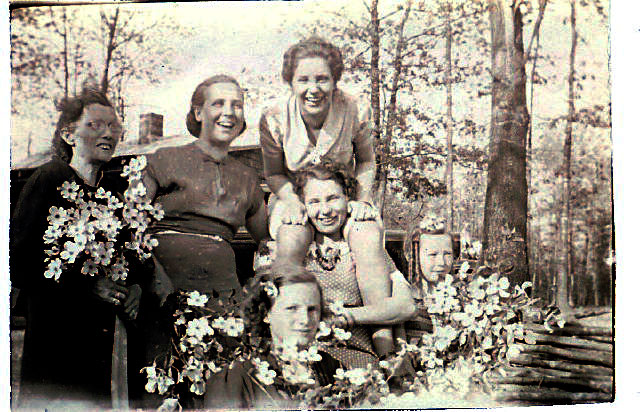By far the greatest problems that genealogists run into are deceit and poor record keeping.
I have been researching one ancestor who simply changed his birth date when he applied for his Social Security card. He was a known gambler, and my suspicion is that he figured that no one would notice his early "retirement". So, even though I had a relatively recent record, that he created himself, the information could not be trusted.
Sometimes people change their names, their birth locations, their parents names, or other personal information for a variety of reasons. Perhaps they wanted to join the military early, avoid being associated with a family member who was looked upon unfavorably, or get away from their own tarnished past. All such changes create confusion for genealogists, and might throw you completely off the right track.
Finally, we have to face that fact that vital records, such as birth certificates, are a modern device. For example, we have no record of Rachel Carson's death, in 1907, because Oklahoma did not keep death records until 1908. There is no birth record for Chester Carson, as birth's in Kansas were recorded on a voluntary basis until July 1, 1911. Before states kept vital records, they were held in a variety of places, if at all, including the county (which may no longer exist), the town they lived in (if you know that), their church (which may not exist, or may not have kept the records), or a family bible. In addition, there are a number of states and counties that did not secure their early records. There are plenty of stories of people rummaging through vital records, simply removing the ones relating to their research.
Because records on birth, death, and marriage events are often unavailable, genealogists turn to Census records. The problem here is that census records are filled with errors. Not only were many early American's illiterate, census takers often had literacy problems. So, names are frequently misspelled. In addition, on early census records the enumerator did not even have to interview someone in the home. After traveling long distances, often on foot, if they found that a home was unoccupied, they would simply ask a neighbor, and record that information. How many of your neighbors know your family's correct names, ages and birth locations?
All of this makes genealogy a challenge, but it also adds to the excitement when new information is discovered.
I'm convinced that I'll never have my end-to-end list, but I'm also convinced that there is more information out there that will eventually be added to the tree.














